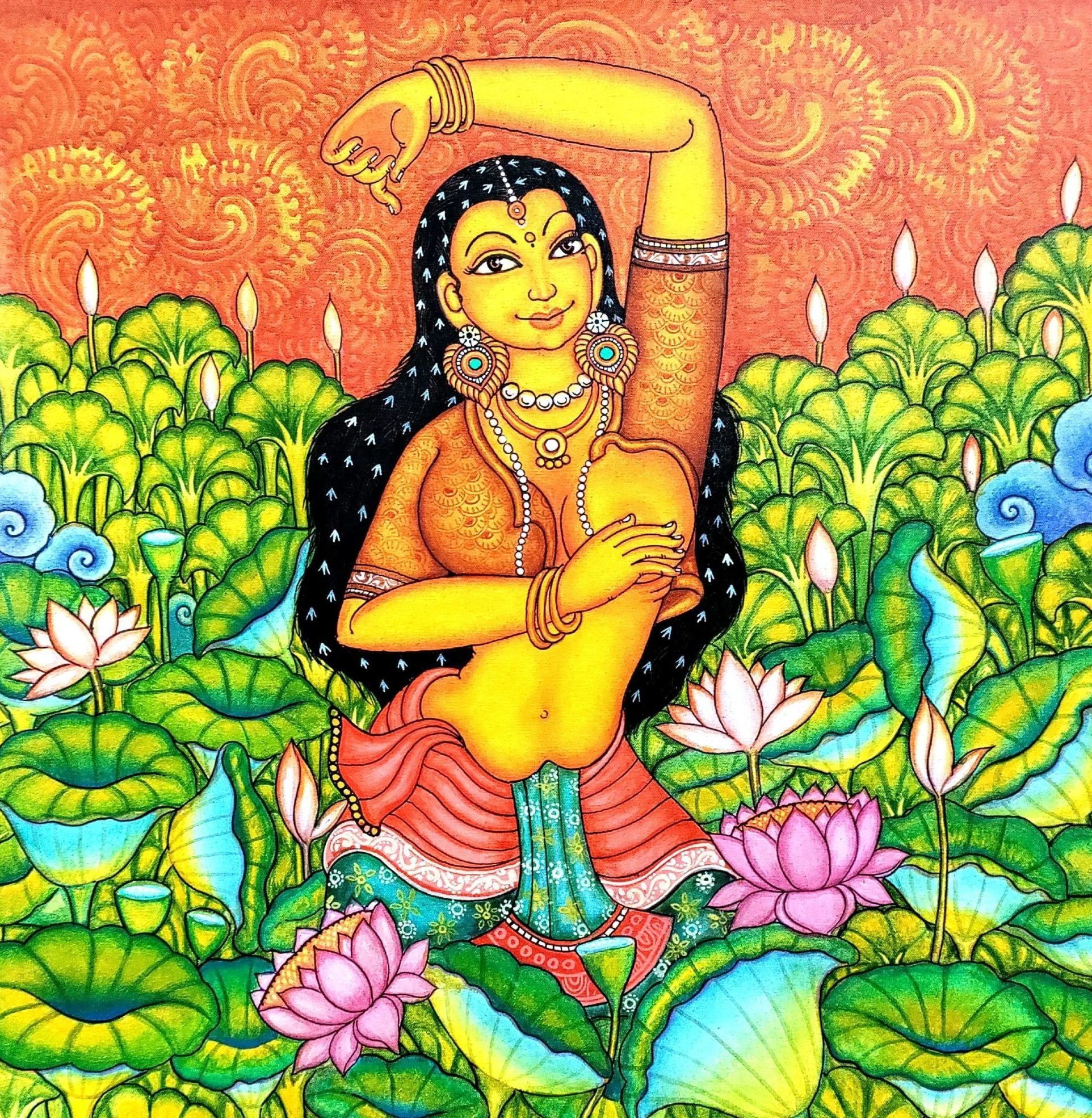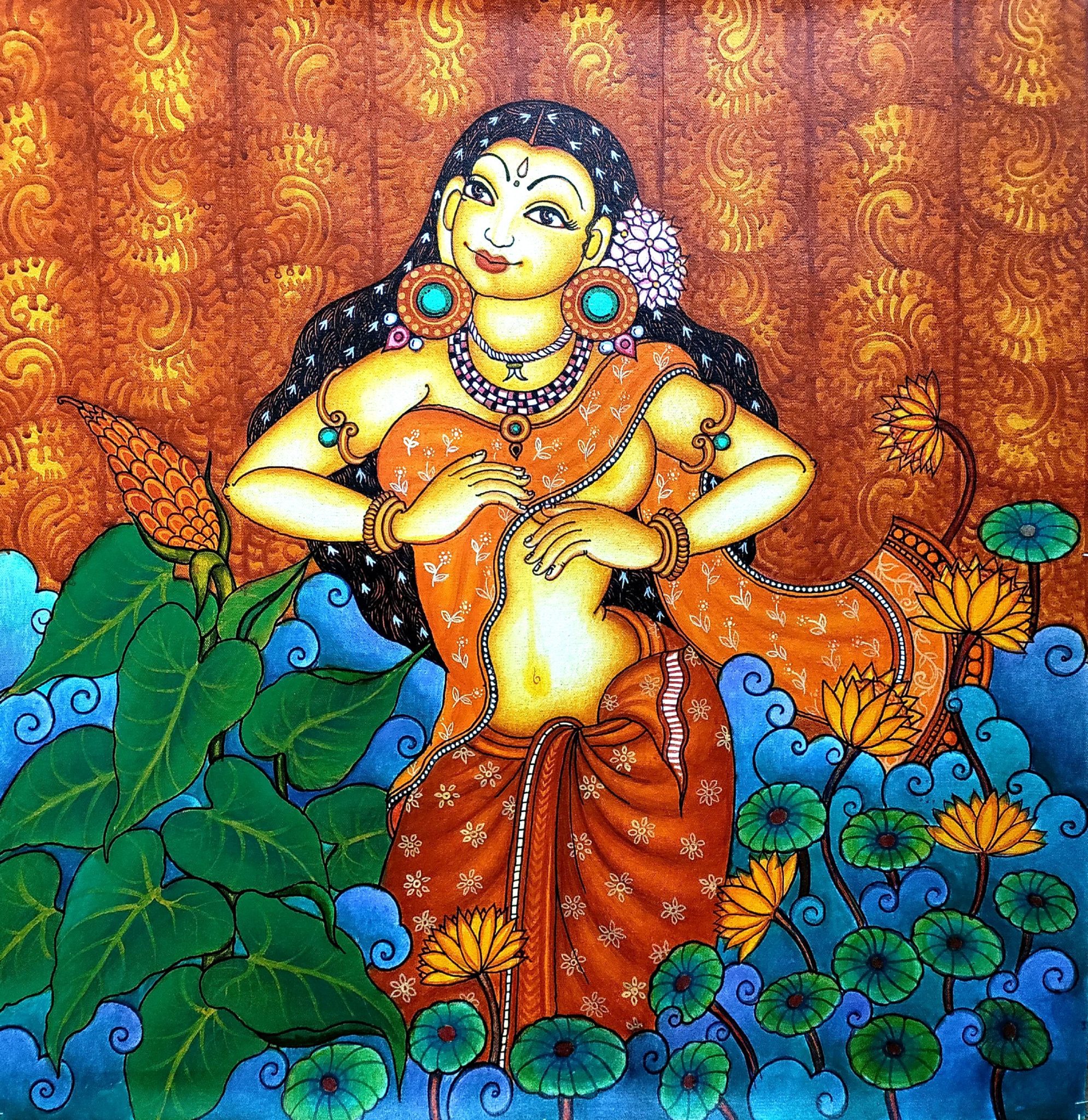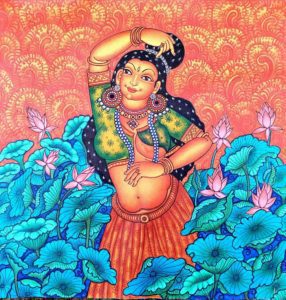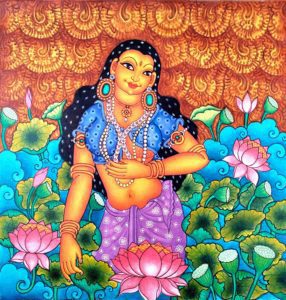Viney Kirpal
India


The World Health Organization Global Cancer Observatory states that in India in 2020, more than 178,361 new cases of breast cancer were diagnosed in women.1 Some of these cases, of which 90,408 were fatal, could have been diagnosed and treated earlier, but a lack of awareness persists throughout the country. Comparatively, in the US, 264,121 new cases of breast cancer were diagnosed in women in 2019, of whom 42,280 women died.2 Globally in 2020, around 2.3 million women were diagnosed with breast cancer, and 685,000 died.3 These are not small numbers.
Recommendations for breast self-examination vary and are not adopted universally, but they are still considered the first line of defense in developing populations and for those people in developed countries who do not have access to advanced medical treatment. In India, oncology clinics find it useful to educate women about the signs because lack of awareness cuts across socioeconomic groups.4


October is World Breast Cancer Awareness Month. A unique exhibition was organized by India’s Apollo Cancer Centers and held for twenty days in six major cities, beginning October 31, 2022. The exhibition attempted to teach women the eight steps of breast self-examination using ancient Kerala mural art, which has traditionally been used to paint deities on temple walls. Kerala mural art is used by different communities and religions, and the exhibit included eight beautiful paintings of goddess-like Indian women demonstrating breast self-examination. The exhibit can be viewed on YouTube in a video shot on the opening day of the exhibition.5
Recently, Kerala mural art has been used to adorn the walls of houses and in public spaces for charity. In a similar way, the exhibition employs the color and beauty of this art form to attract, persuade and educate about the importance of breast health. Malathi, a fifty-four-year-old college professor, did not take the take the lump she found in her breast seriously “due to work pressures.” Two years later, she was diagnosed with Stage 3 cancer. The exhibition encourages women to take self-detection seriously and that the presence of a lump merits an early visit to the doctor.
A coffee-table book titled ArtCan—a play on the words “cancer” and “canvas”—was gifted to every exhibition visitor. The book narrates the true stories of eight cancer survivors, one in each painting, as she reveals her symptoms and the step of breast self-examination that prompted her to seek medical attention. Subtitled Artists and Survivors Join Hands to Win Over Cancer, the author Salini uses verse to narrate the stories of a homemaker, an artist, a scientist, a ceramic artist, a journalist, a fashion designer, an athlete, and a house helper.
Five Kerala mural artists were commissioned to make the paintings on canvas rather than walls. They used acrylic paints to recreate the feel of ancient mural art and replicated each painting six times for simultaneous display in Delhi, Mumbai, Bangalore, Calcutta, Chennai, and Hyderabad.
The exhibit is an important attempt to use folk art to educate the public. It paves the way to conduct future medical awareness campaigns in colorful and creative ways to both inform and persuade. Posters of the paintings will be displayed in metro stations, trains, and in hotel and airport lounges. The original forty-eight paintings will be auctioned, and the proceeds from the sale of the paintings and of the book will support underprivileged patients who suffer from breast cancer.




Artwork courtesy and copyright of the Apollo Cancer Centers in India.
References
- World Health Organization Global Cancer Observatory. “India.” March 2021. https://gco.iarc.fr/today/data/factsheets/populations/356-india-fact-sheets.pdf. Accessed December 8, 2022.
- Centers for Disease Control and Prevention. “Cancer Statistics At a Glance.” https://gis.cdc.gov/Cancer/USCS/#/AtAGlance/. Accessed December 8, 2022.
- World Health Organization. “Breast Cancer.” March 26, 2021.https://who.int/news-room/fact-sheets/detail/breast-cancer. Accessed November 11, 2022.
- Dey, S. et al. “Breast Cancer Awareness at the Community Level among Women in Delhi, India.” Asian Pac. J. Cancer Prev. 2015, 16(13):5243-51. https://pubmed.ncbi.nlm.nih.gov/26225660/. Accessed December 2, 2022.
- Apollo Cancer Centres. “#ArtCan.” YouTube video, 1:22. October 31, 2022. https://youtube.com/watch?v=mbddCz7tm6E.
VINEY KIRPAL is a former professor of English at the Indian Institute of Technology, where she worked from 1974–1997. She now works as a freelance writer trained in health writing, with bylines in Cure Today, Reader’s Digest, You & Me Magazine, and village.io.

Leave a Reply